Believe me there are more things coming in this diamond space.
Doped, carefully point-flawed diamonds are crucial to this quantum communications architecture.
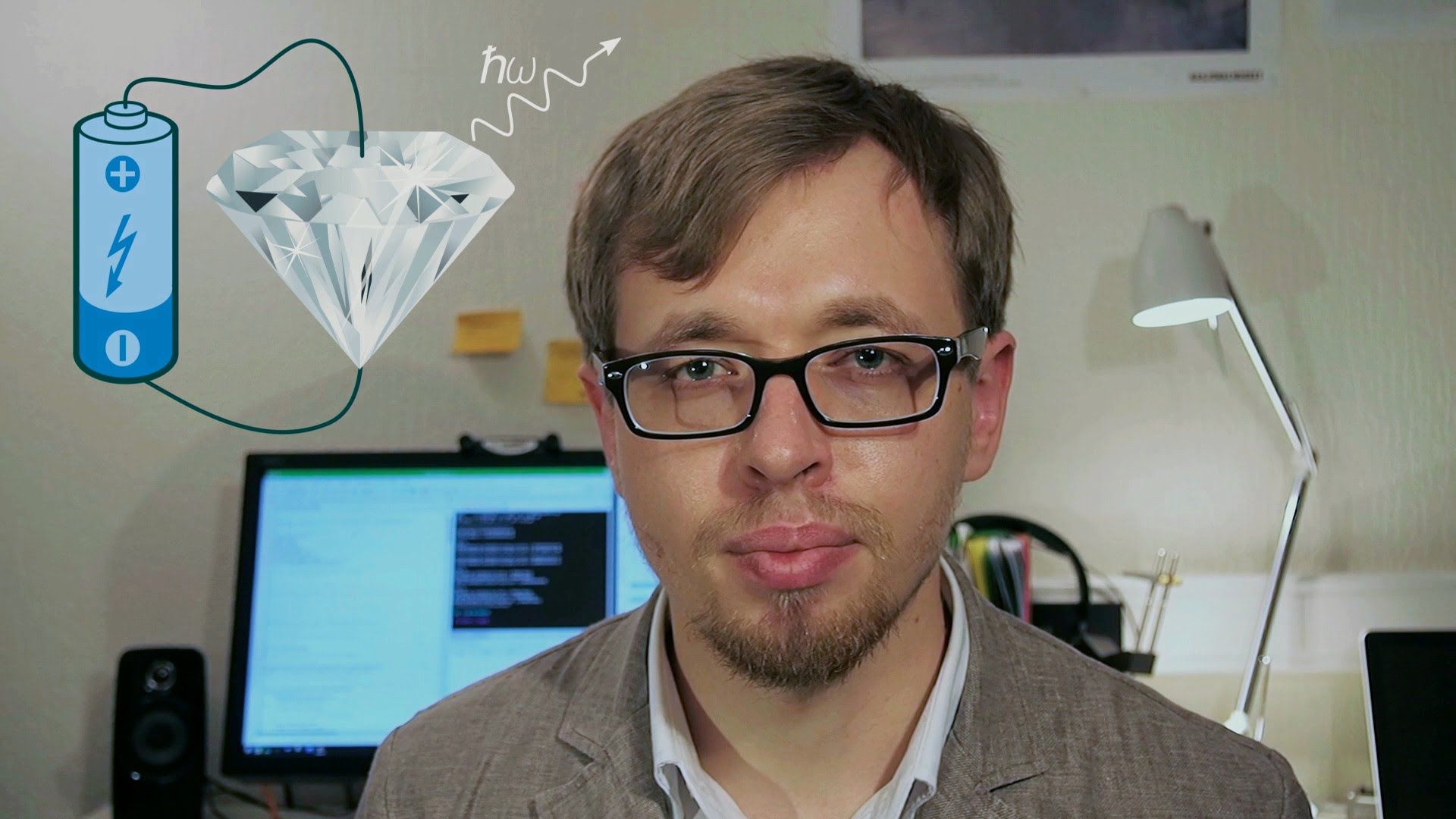
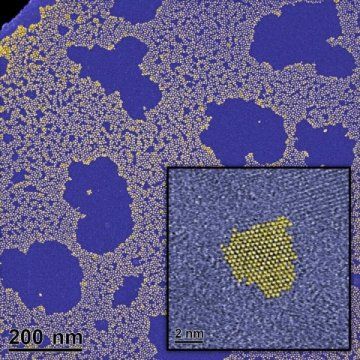
I never get tired of talking about the many uses for Q-dot technology. One area that has me even more intrigued is how it is used in crystallized formations. I expect to see more and more experimenting on crystalized formations on many fronts including complex circuitry for performance and storage.
And, with synthetic technology today plus 3D printing along with Q-dots we could (as I have eluded to many times over several months) truly begin to see some amazing technology be developed on the wearable tech front.
Wearables could include synthetic circuitry stones in various accessories to not only store information, but also serve as another form of unique id because in synthetic stones we have been able (like in nature) create complex crystalized formations that are each unique/ 1 of a kind like a unique finger print, or iris of an eye. I expect to see some very interesting things coming in this space.
Unique optical features of quantum dots make them an attractive tool for many applications, from cutting-edge displays to medical imaging. Physical, chemical or biological properties of quantum dots must, however, be adapted to the desired needs.
Unfortunately, up to now quantum dots prepared by chemical methods could only be functionalized using copper-based click reactions with retention of their luminescence. This obstacle can be ascribed to the fact that copper ions destroy the ability of quantum dots to emit light. Scientists from the Institute of Physical Chemistry of the Polish Academy of Sciences (IPC PAS) in Warsaw and the Faculty of Chemistry of the Warsaw University of Technology (FC WUT) have shown, however, that zinc oxide (ZnO) quantum dots prepared by an original method developed by them, after modification by the click reaction with the participation of copper ions, fully retain their ability to emit light.
“Click reactions catalyzed by copper cations have long attracted the attention of chemists dealing with quantum dots. The experimental results, however, were disappointing: after modification, the luminescence was so poor that they were just not fit for use. We were the first to demonstrate that it is possible to produce quantum dots from organometallic precursors in a way they do not lose their valuable optical properties after being subjected to copper-catalysed click reactions,” says Prof. Janusz Lewinski (IPC PAS, FC WUT).

Built-in optics could enable chips that use trapped ions as quantum bits…
Researchers from MIT and MIT Lincoln Laboratory report an important step toward practical quantum computers, with a paper describing a prototype chip that can trap ions in an electric field and, with built-in optics, direct laser light toward each of them.
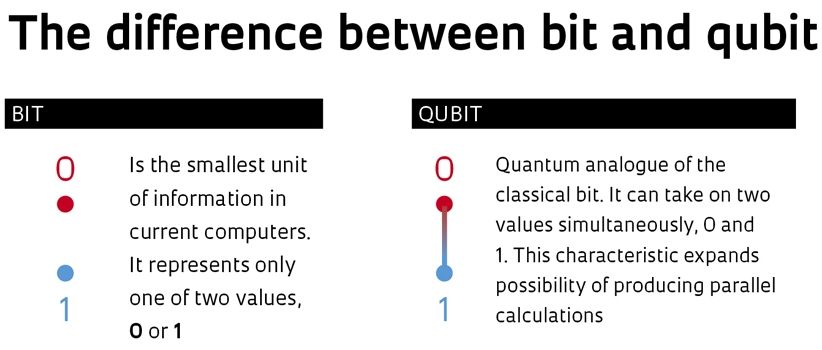
Article repeats a lot of the knowns on QC such as bit v. Qubit; and finally provides some good info on pros and cons of Bitcoin and Lamport signatures technique with QC. However, the author didn’t seem to mention any of the work that D-Wave for example is doing with Block chaining. Also, I saw no mention of the work by Oxford on the logic gate which improve both the information processing performance and the security of information transmissions.
In a classical computer bits are used that can either be 0 or 1. In a quantum computer these bits are replaced with Qubits (quantum bits). These Qubits can be 0 or 1, or both at the same time. This is caused by a phenomenon in the quantum realm called superposition. At scales the size of an atom and small molecules, the spin of particles is not determined until it is observed. A pair of Qubits can be in any quantum superposition of 4 states, and three Qubits in any superposition of 8 states. In general, a quantum computer with n Qubits can be in a superposition of up to 2^n different states simultaneously (this compares to a normal computer that can only be in one of these 2^n states at any one time). Because of this, a quantum computer is able to perform computations at the same time, while classical computers perform computations one at a time.
This effectively means that the computing power grows exponentially for each Qubit you add to the system. A quantum computer will be able to make really difficult calculations all the classical computers in the world together would not be able to do before the end of times, in a relatively short amount of time. This opens to world of computing to be able to perform amazingly complex calculations, such as weather or large scale quantum mechanics, with extremely high precision. Unfortunatly, it will also be great at cracking certain types of cryptography.
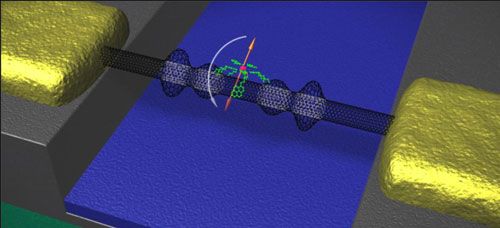
The Einstein-de-Haas effect shows that magnetism results from the angular momentum of electrons and is considered as the macroscopic evidence of electron spin. Researchers at Karlsruhe Institute of Technology (KIT) and at the Institut NÉEL at the CNRS in Grenoble were the first to investigate this effect for an individual spin and formulated it as the new “Quantum Einstein-de-Haas effect”. In Nature Communications, they report on their work (“Quantum Einstein-de Haas effect”).
The mechanical properties of the carbon nanotube (black) cause the spin (orange) of a molecule (green and red) to flip over. (Illustration: Christian Grupe)
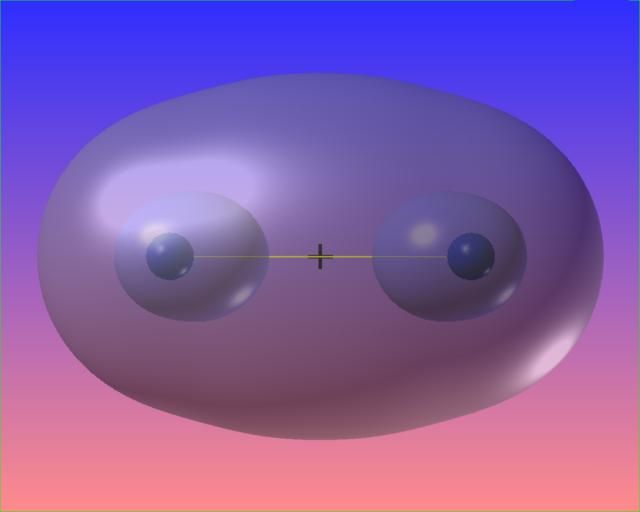

Although I shared this news yesterday, this article provide some added details.
Efforts towards realising a practical quantum computer have been given a huge boost after a team of researchers made successful advances in qubit miniaturisation.
Qubits or quantum bits are the basic building blocks behind quantum computing and hold the capacity to process enormous computational tasks in real-time. However, working out how to miniaturise the technology remains a huge obstacle to quantum computer development.
One approach to the challenge involves trapped ions, but this requires large and complicated hardware components. Now, researchers at MIT are developing a prototype chip which is able to trap ions in an electric field and control them using targeted laser technology.
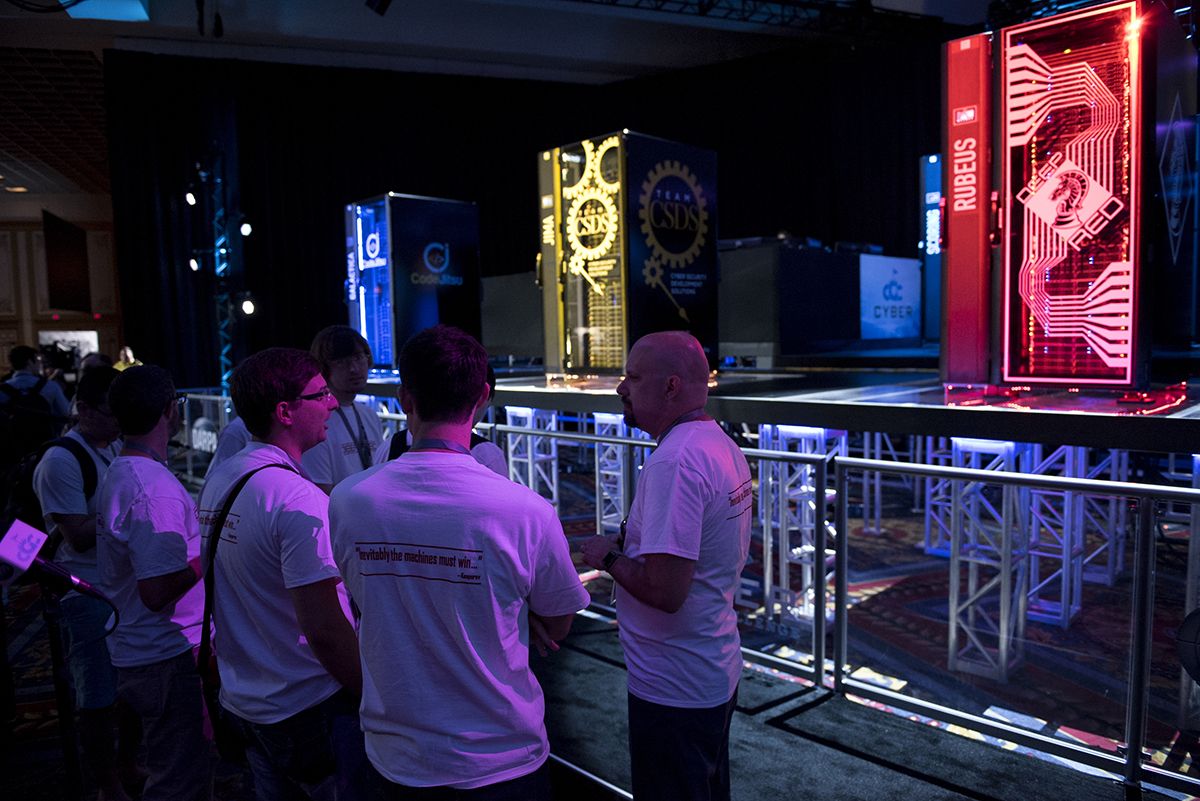
Glad folks realizes and admit to the risks; however, I stand by my argument until the underpinning technology is still tied to dated digital technology; it will be hacked by folks like China who are planning to be on a new Quantum network and platforms. Reason why all countries must never lose sight of replacing their infrastructure and the net with Quantum technology.
A team of researchers from Pittsburgh has won DARPA’s Cyber Grand Challenge – a competition billed as the ‘world’s first automated network defense tournament.’ The implications for the Internet of Things (IoT) are grave, as the machines on display threaten to ravage the already flaky state of IoT security.
DARPA, the Department of Defense’s (DoD) Defense Advanced Research Projects Agency, is a wing of the US military that investigates how the latest technological breakthroughs can be put to use on the battlefield. With nation-state cybersecurity now declared a new front in conventional warfare, militaries around the world will be flocking to gather the tools needed to exert force in this new medium.
So while the DARPA competition presents itself as a smiley affair, it dies represent the new face of an emerging weapon – and the most promising weapon on display came from the aforementioned ForAllSecure, a startup with close ties to Pittsburgh’s Carnegie Mellon University.
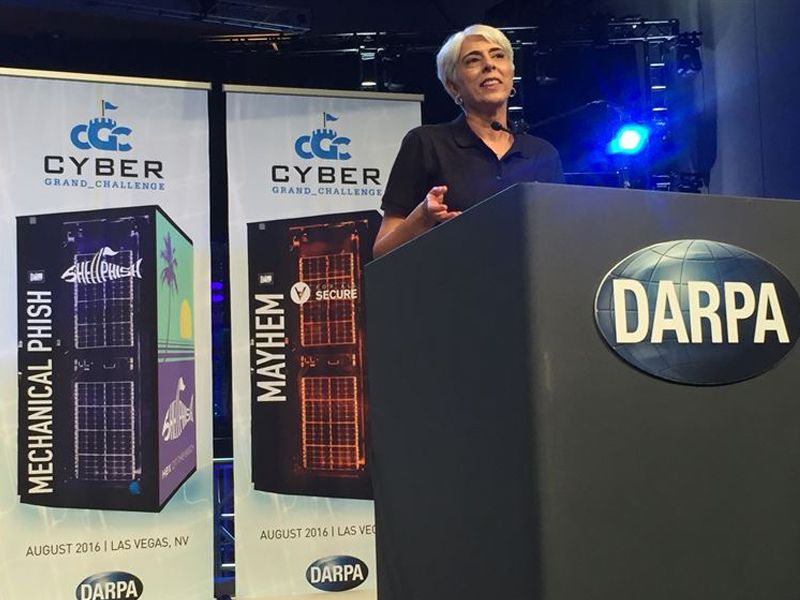
I already voiced my concerns of this technology in the hands of criminals and terrorists. If we can have it so can others. Only when QC and a Quantum net is in place will we be truly protected with bots.
Cybersecurity could soon be another place where bots become invaluable for experts. DARPA recently organized The Cyber Grand Challenge, where computer algorithms showed how easy it is to clean up vulnerabilities in code written by humans. ( DARPA )
The Cyber Grand Challenge took place under DARPA patronage, and it is good to see how preoccupied the U.S. Department of Defense is with cybersecurity.
The event pitted computers against each other in an attempt to uncover which one can best fulfill the tasks of human cybersecurity researchers, that is, discovering a bug in a software program and fixing it.

I will like to see how this stacks against China’s Quantum net, QC platform, AI, and hackers in the future. Not sold at this point until we truly have a QC infrastructure in place.
At DARPA’s Cyber Grand Challenge, bots showed off their ability to help a world wallowing in vulnerable code.
LAS VEGAS, Nev. — Mayhem ruled the day when seven AIs clashed here last week — a bot named Mayhem that, along with its competitors, proved that machines can now quickly find many types of security vulnerabilities hiding in vast amounts of code.
Sponsored by the Defense Advanced Research Projects Agency, or DARPA, the first-of-its-kind contest sought to explore how artificial intelligence and automation might help find security and design flaws that bad actors use to penetrate computer networks and steal data.